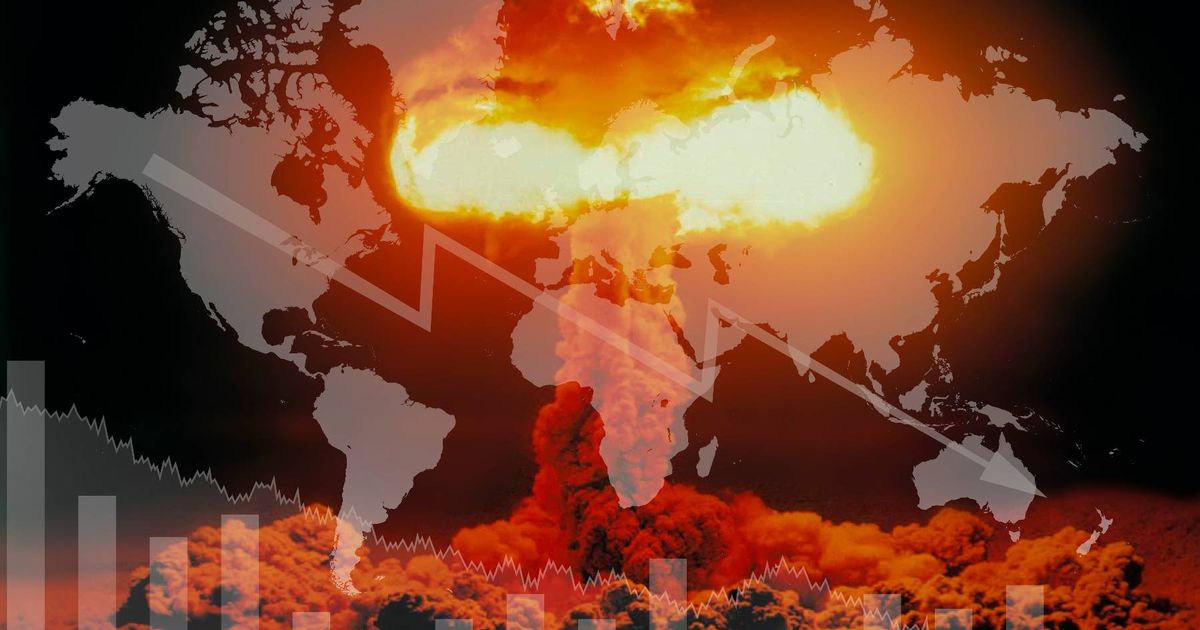As one of Vladimir Putin’s cronies issues a chilling ultimatum to the UK, a top security expert has revealed the safest area in your home to seek shelter in the event of a Russia attack.Ellie Fry Features Editor, Julia Banim Audience Writer and Emma O’Neill Assistant Live News Editor
11:45, 07 Oct 2025
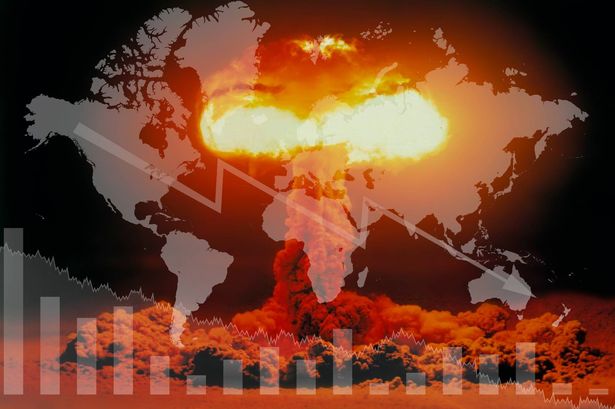 Russia has warned of a nuclear WW3(Image: Getty Images)
Russia has warned of a nuclear WW3(Image: Getty Images)
A leading security specialist has disclosed the most secure location within your house to take refuge should Russia launch an assault, as one of Putin’s allies delivers a chilling warning.
Dmitry Rogozin, a senator and military veteran, previously deputy prime minister and space agency director, has cautioned that numerous British defence-related facilities will be hit as he menacingly maps out over 20 sites across the UK that could face bombardment.
Last week, Rogozin published a chart showing 23 defence installations as part of Russia’s most recent menace. The sites include both armed forces and industrial facilities spanning all four nations of the UK.
The Putin associate lifted the chart from the UK government’s policy document ‘Defence Industrial Strategy 2025: Making Defence an Engine for Growth’, reports the Mirror.
 (Image: POOL/AFP via Getty Images)
(Image: POOL/AFP via Getty Images)
The ominous comments follow former British defence secretary Ben Wallace’s call for “making Crimea uninhabitable and unviable from a Russian point of view”.
Propagandist Vladimir Solovyov – whose television tirades are penned by the Kremlin – declared: “Dmitry Rogozin today posted a reminder of targets in Britain that could be destroyed first. The idiots will get what’s coming to them, they’ll just get what’s coming to them.”
Whilst it remains mercifully improbable that Russia would perpetrate such atrocities against the UK, the recent threats have left Britons pondering what measures might be adopted to attempt even a slim prospect of survival. Dr Arnab Basu, a nuclear expert and CEO of Kromek Group plc, warned in an interview with the Mirror: “If a nuclear strike were launched on a UK city, residents would likely be given some warning.
“For those outside the immediate blast zone, the priority is to get to shelter quickly, ideally the most central part of a building. Seal windows and doors with tape to reduce radioactive dust entering.
“Fill every possible container with water, such as sinks and bathtubs, as water supplies are likely to be contaminated after the explosion.”
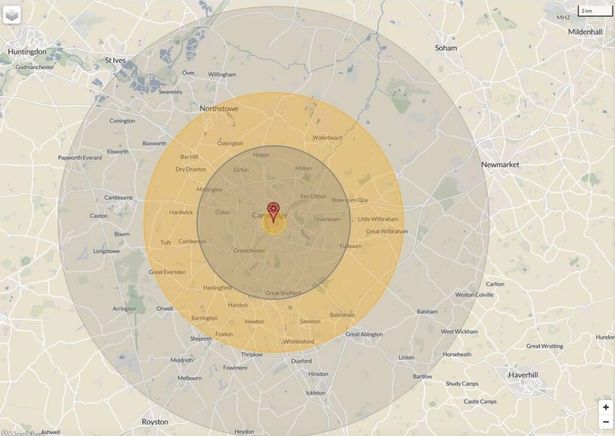 (Image: NukeMap/Nuclear Secrecy)
(Image: NukeMap/Nuclear Secrecy)
Despite the instinct to flee in search of safety, Dr Basu, who has previously written a White Paper on “rethinking our readiness for rapid response radiation monitoring in the face of nuclear incidents”, suggests this might not be the best course of action.
He elaborated: “For the next two to three days, remain indoors, preferably in the most central part of your shelter, away from exterior walls and windows. Survival depends less on fleeing and more on shielding yourself from fallout, limiting exposure and relying on stored resources until immediate radiation levels begin to fall.”
As for the safest locations in the event of a nuclear blast, The International Commission on Radiological Protection (ICRP) advises: “The best way to protect you and your family before, during, and after a nuclear blast is getting inside the centre of a building or basement.
Join the Daily Record’s WhatsApp community here and get the latest news sent straight to your messages
“On August 6, 1945, Mr Eizo Nomura was in the basement of a building in Hiroshima, about 170 meters from ground zero. He survived the atomic bombing and died in 1982 at the age of 84. Most people within a few hundred metres of a nuclear detonation are not likely to survive, especially if unprepared.
“Be inside before the fallout arrives. After a detonation, you will have 10 minutes or more to find an adequate shelter before fallout arrives. If a multi-story building or a basement can be safely reached within a few minutes of the explosion, go there immediately. The safest buildings have brick or concrete walls. Underground parking garages and subways can also provide good shelter.”
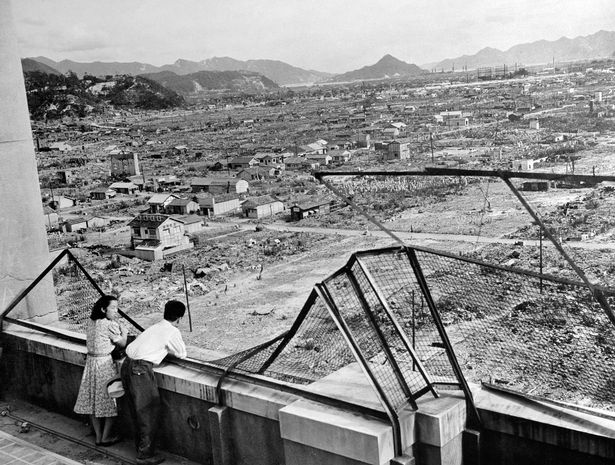 Hiroshima was devastated by the blast(Image: AFP via Getty Images)
Hiroshima was devastated by the blast(Image: AFP via Getty Images)
Given this advice, many might believe that London, with its vast underground system, would offer the greatest protection, as the tube tunnels provided some defence against explosions during the grim period of the Blitz.
Yet some specialists worry that today’s nuclear armaments could pierce far deeper than the wartime bombs, meaning even Hampstead station at 58 metres below ground would remain dangerously near the surface.
Andrew Futter, a Professor of International Politics at the University of Leicester, previously told My London that the Underground “probably wouldn’t be deep enough if there was a direct hit”. In the event of a nation like Russia targeting one of the UK’s major cities – from London to Edinburgh – being outside of the blast zone would offer the best chance of survival.
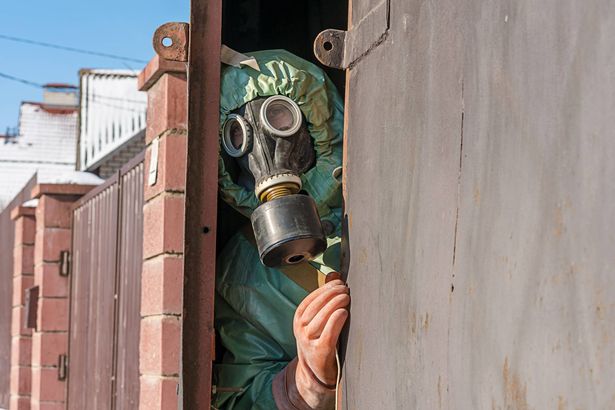 (Image: Getty Images/iStockphoto)
(Image: Getty Images/iStockphoto)
Several factors must be considered when assessing the reach of nuclear blasts, including a radiation radius of 153 km2, a fireball radius of roughly 197 km2, an air blast radius between 321 km2 and 1,420 km2, and a thermal radiation radius of 12,960 km2.
While these distances can fluctuate depending on weather conditions, property researchers have previously compiled a list of places that could provide relative safety in this horrific scenario. These 20 locations, listed by property portal EMoov back in 2017, are situated outside of the immediate range of blasts in major British cities:.
However, some of these areas are still close enough to blast sites to be affected by radiation carried by winds. Therefore, the remote island Foula, on the Shetland Isles, could well be the safest place in the UK in this instance.
Don’t miss the latest news from around Scotland and beyond – Sign up to our daily newsletter here
